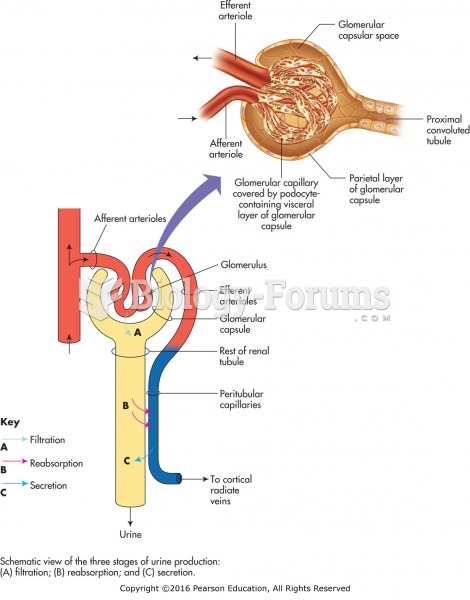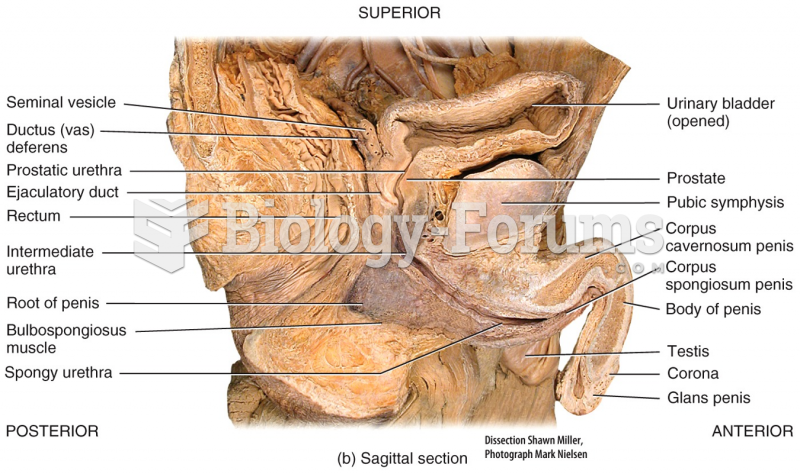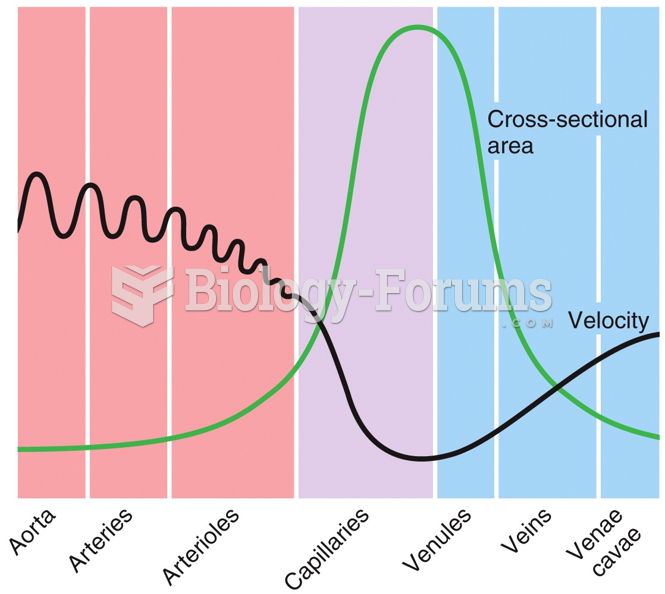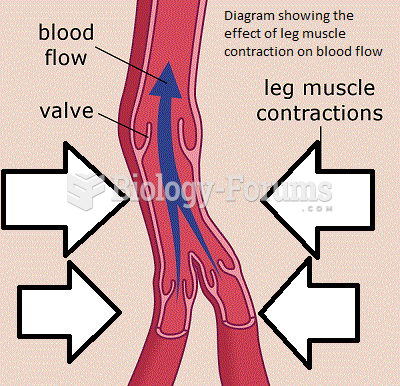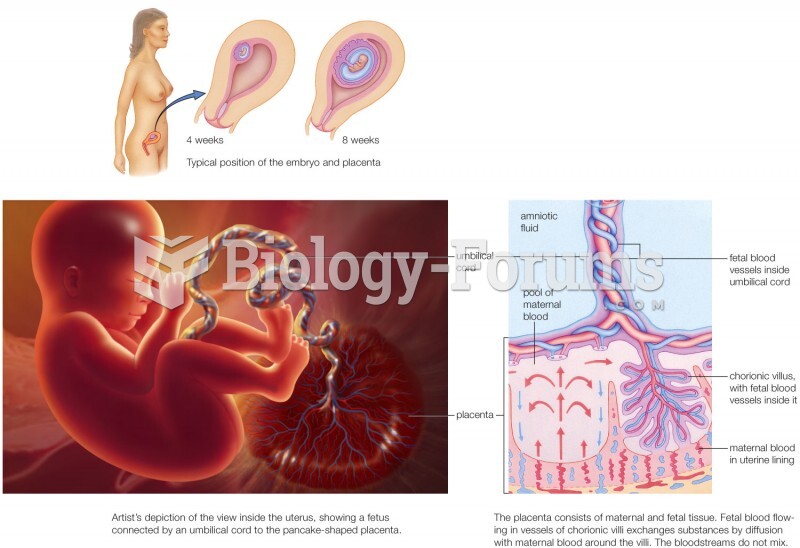Answer to Question 1
TRUE
Explanation: A level-0 diagram represents the primary individual processes in the system at the highest possible level of detail. Each process has a number that ends in .0 (corresponding to the level number of the DFD).
CL
Answer to Question 2
Prototyping, Computer-Aided Software Engineering tools, joint application design, rapid application development, Participatory Design, and Agile Methodologies are the six approaches mentioned in the textbook. Prototyping is an iterative process of systems development by which requirements are converted to a working system. The prototype is continually revised through close work between an analyst and users. The analyst builds the prototype from requirements supplied by the end users. Once the prototype is completed, it is evaluated by the end users. Based on the feedback provided by the end users, the analyst will modify the prototype. This results in an iterative process that continues until users are satisfied. Computer-aided software engineering (CASE) tools provide automated support for some part of the systems development process. Joint application design (JAD) is a structured process in which users, managers, and analysts work together for several days in a series of intensive meetings to specify or review system requirements. By promoting group participation, time and organizational resources are better managed. Also, the group is more likely to develop a shared understanding of the IS purpose. Rapid application development (RAD) is a systems development methodology created to radically decrease the time needed to design and implement information systems. Participatory Design is a systems development approach that originated in northern Europe, in which users and the improvement in their work lives are the central focus. Agile Methodologies focus on adaptive methodologies, people instead of roles, and an overall self-adaptive development process.


